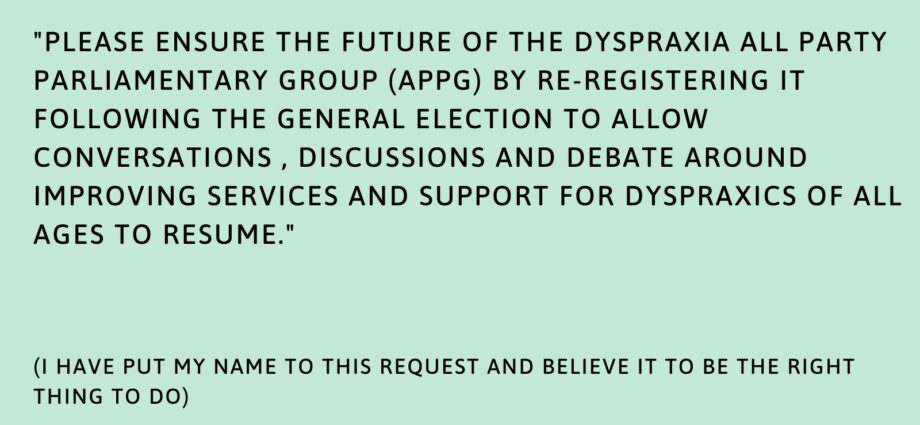According to Michèle Mazeau, a late diagnosis is often synonymous with a long past of academic failure and uncertainties about the future. The adolescent or young adult is psychologically and emotionally disturbed, reserved, or even introverted. He presents a big gap between the spoken word and the written word which can lead to low self-esteem or even depression.
However, some dyspraxics, diagnosed barely a year ago, such as Nadine, Victor, Sébastien and Rémi, are starting to get by.
Finally, putting a name on their disorder was a relief. Nadine now admits “feeling less guilty for not knowing how to organize her daily life”. But all of them fondly remember “their obstacle course”. Rémi remembers “it was very difficult to play with the other students and in class I was never allowed to speak”. Nadine, a civil servant, relates with ease “Until the third grade I had the impression of being an improved Mongolian. In the gym, I knew I was making a fool of myself but there was no exemption. We had to bite the bullet ”.
Their handicap did not only manifest itself at school. It also continued in their adult life as when learning to drive. “Watching the mirrors, managing the gearbox at the same time, it’s very difficult. I was told: you will never have your license, you have two left feet, ”remembers Rémi. Today, he was able to access driving thanks to the automatic gearbox.
Despite their difficulties in finding and adapting to a job faced with performance requirements, these four dyspraxics, almost autonomous, congratulate themselves on their successes.
Nadine was able to practice a sport for the first time and be on an equal footing with the others thanks to an association. Victor, 27, accountant, knows how to orient himself on a map. Rémi went to teach bakery in India and Sébastien, 32, has a master’s degree in modern letters.
There is still a long way to go even if “the national education system is ready to set up training and information programs for education and health stakeholders to publicize this pathology”, according to Pierre Gachet, in charge. mission to the Ministry of National Education.
Until 2007 for exam adaptations, better coordination between health and education professionals and real recognition of this handicap, Agnès and Jean-Marc, parents of 9-year-old Laurène, dyspraxic, must, together with the other families and family associations, continue to fight. Their goal: to change the care so that finally dyspraxic children have the same opportunities as others.
Norėdami sužinoti daugiau www.dyspraxie.org www.dyspraxie.info www.ladapt.net www.federation-fla.asso.fr Skaityti 2 practical guides by Dr Michèle Mazeau published by ADAPT. – “What is a dyspraxic child?” »6 euros – “Allow or facilitate the schooling of the dyspraxic child”. 6 euros |










